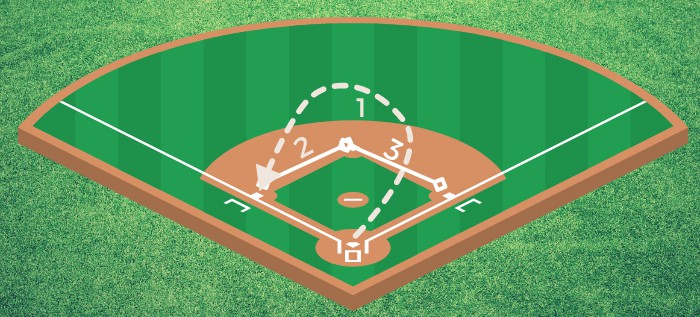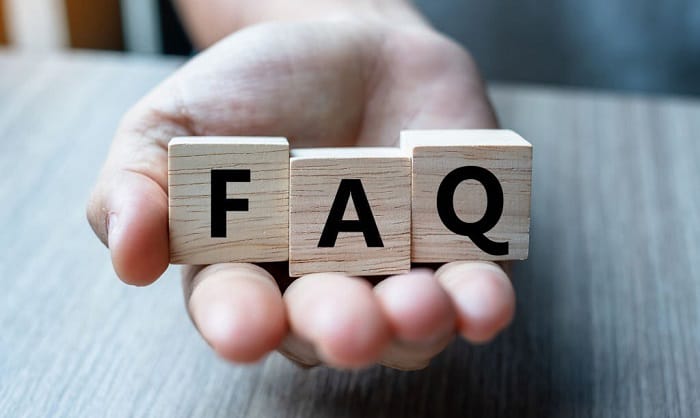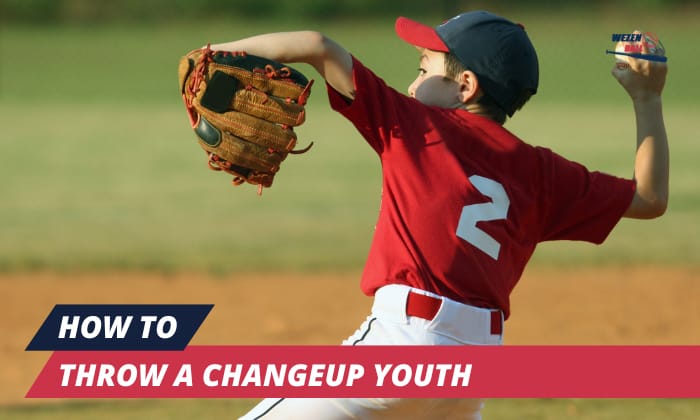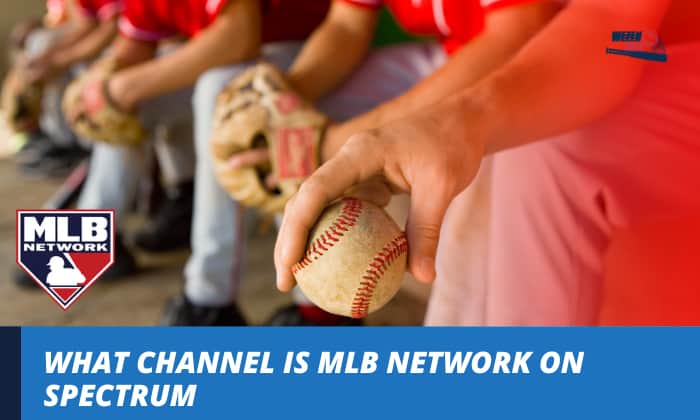A baseball match has a common structure for all games. Each player has a specific role to play on the field, and the pitcher would throw a baseball toward a hitter.
As straightforward as it sounds, this is where many different game mechanics can occur. To boost your knowledge of baseball, let us have the infield fly rule explained.
The infield fly rule baseball refers to a fly ball that can be caught by another infielder when other bases are occupied.
Contents
What is the Infield Fly Rule in Baseball?
Understanding baseball’s infield fly rule would depend on the explanation of what it is, how it works, and why such a rule exists.
First, let us dive into this rule’s definition. An infield fly rule refers to a fair fly ball that could normally be caught by an infielder. Fly balls refer to any ball hit by a batter and propels it to the outfield.
It is important to note that the game must have bases loaded, meaning that the first to third bases are filled. Then, as the rule applies, the structure ends with two outs.
The game umpires (the referee) would be the authority to declare the application of the infield fly rule in MLB and any other tournaments.
The batter would be called out, even without the ball being caught. Usually, runners advance on infield fly rule. But, they should know that it would be risky given that the ball can be caught and have them called out.
How Does the Infield Fly Rule Work?
Based on the infield fly rule little league, rule 2.00 mentions that pitchers, catchers, and outfielders would be classified as infielders when this rule applies.
The game umpire declares that the infield fly rule applies and would call the batter out, regardless of the ball being caught or not.
When Does the Infield Fly Rule Apply?
Given that this is a baseball rule, there would only be certain instances where the umpire would call that a situation is under the infield fly rule.
This rule would only apply when the team has fewer than two outs and their third base is a force play. The bases are required to be loaded for the infield rule to apply.
As the ball is flung toward the catchers, the infielders must catch the ball with ordinary effort for the infield rule to apply.
Also, note that the infield fly rule on bunt and line drives would not apply, as stipulated by the MLB rules.
Why Does This Rule Exist?
One of the best ways to understand the infield fly rule is to grasp the underlying reason why the rule exists.
When a ball is hit and flung into the air, the baserunners are torn into a situation that needs their sharp decision-making skills.
If the fielder caught the ball, baserunners must go back to their original bases. On the other hand, failure to catch the ball means that the batter would be the runner, and some runners would have to advance bases.
The main reason why the rule exists is to remove the unfair advantage for the defensive team to fail the execution of such an easy catch.
In turn, the infield fly rule protects the base runners. If the rule did not exist, it would be very easy for the defense to allow the baseball to remain untouched and fall to the ground, essentially giving them a chance for an easy double-play.
Moreover, the rule also mentions that the bases must be loaded. The rationale here is to allow at least two of the runners to a supposed “force play.” Without this, the defexplanationnsive team would have no reason to allow the baseball to drop.
Conditions for the Infield Fly Rule to Go Into Effect
The infield fly rule is a necessary rule that induces fairness in a baseball game. For this rule to go into effect, the following conditions must be present:
- Zero or only one out
- Only the first and second bases are loaded
- No bunts
- No line drives
- No dead ball
- The ball must be inside the fair territory
- Runners may advance
When all these conditions are in place, it is up to the umpire’s discretion to call for the application of the infield fly rule.
Frequently Asked Questions
What is the point of the infield fly rule?
The infield fly rule protects a baseball team from a mere drop of the fly ball. Here, the baserunners are pushed to a force play.
What happens if you drop an infield fly rule?
When you drop an infield fly on purpose, the batter would be immediately called out. In this case, the runners would also be at risk of having to return to their original bases.
Can a runner advance on an infield fly?
Yes, the runner can advance when the umpire calls an infield fly ball. Only the batter is called out of the game, but this does not mean that it is a dead-ball situation.
However, the runners must know the risk of getting caught and being called out. Hence, they need to re-touch their bases.
Why no infield fly rule with runners on first base?
Based on the infield rule, man on first bases are required. As mentioned in the key elements of this rule, there must be a runner on the first second, sometimes with the third base as well. Plus, there must be fewer than two outs.
Conclusion
In baseball, one of the rules that you must know is the infield fly rule!
This article had the infield fly rule explained, so the next time the umpire calls it, you can follow what is happening in the game.
In baseball, the infield fly rule is all about catching a fair fly ball when the bases are all loaded. The rule would only apply to certain scenarios.
And the main reason for the existence of this rule is to protect the base runners and avoid giving a “free” advantage to the defense.

A powerful swing and the ball is flying across the field, just one hit, and we might never forget the thrill it brings. I do not know about you, but I never do. Every baseball game is the chance to compete with others and cooperate with your teammate. It is among my biggest passions.




















